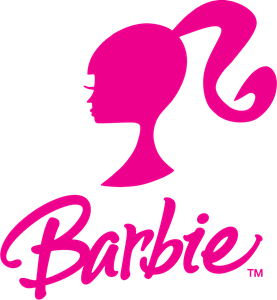When we think of leadership, words like vision, strategy, and decisiveness often come to mind.
But there’s another, perhaps surprising, quality that lies at the heart of genuinely impactful leadership:
Love.
While it might seem out of place in the boardroom or on the battlefield, love is, in fact, one of the most potent forces a leader can harness.
Redefining Love in Leadership
Love, in the context of leadership, isn’t about affection or sentimentality. It’s about genuine care for the people you lead, a deep commitment to their well-being, and a passion for your work together. It’s the kind of love that motivates you to serve your team, to inspire them, and to create an environment where they can thrive.
Leadership driven by love is not weak; it’s profoundly intense. It requires vulnerability, humility, and the courage to put others’ needs before yours. This type of leadership fosters trust, loyalty, and a sense of belonging among team members, creating a foundation for sustained success.
Love as the Foundation for Trust and Respect
Trust is at the core of any successful team or organization, built on the foundation of love. When leaders approach their role with love, they demonstrate that they value their team members as individuals, not just as cogs in a machine. This recognition creates more profound respect and a stronger bond between leaders and their teams.
When people feel genuinely cared for, they are likelier to go above and beyond in their work. They feel safe expressing themselves, taking risks, and innovating, knowing their leader has their back. This trust and respect lead to a more cohesive and motivated team, driving better results and greater overall satisfaction.
Leading with Compassion and Empathy
Love in leadership also manifests as compassion and empathy. Compassionate leaders are attuned to their team members’ struggles and challenges, professionally and personally. They are quick to offer support, understanding, and encouragement, creating a nurturing environment that enables people to perform at their best.
Empathy, an essential aspect of love, allows leaders to connect with their team on a deeper level. It fosters open communication, helping leaders understand their team members’ needs, concerns, and aspirations. This connection enhances team dynamics and informs decision-making, as leaders are better equipped to consider the human impact of their choices.
Love as a Catalyst for Purpose
Great leaders inspire their teams to achieve goals and find meaning in their work. Love is the catalyst that transforms a job into a calling, infusing work with purpose and passion. When leaders approach their work with love, they convey a sense of purpose that resonates with their team, encouraging them to pursue excellence for success because they care deeply about what they are doing.
This sense of purpose drives engagement, creativity, and resilience, enabling teams to overcome challenges and stay committed to their mission, even in the face of adversity.
The Legacy of Love in Leadership
Ultimately, the impact of love in leadership is lasting.
Leaders who lead with love leave a legacy of empowered, fulfilled, and loyal team members.
They create a culture where people feel valued, supported, and inspired to grow.
This legacy endures long after the leader has moved on, influencing the organization’s culture and success for years.
Love is not just a soft skill.
It’s a core quality of effective leadership.
It’s the force that drives trust, respect, compassion, and purpose—essential elements for building strong, resilient teams.
So, as you lead, remember that love is not a weakness.
It’s your greatest strength.
















